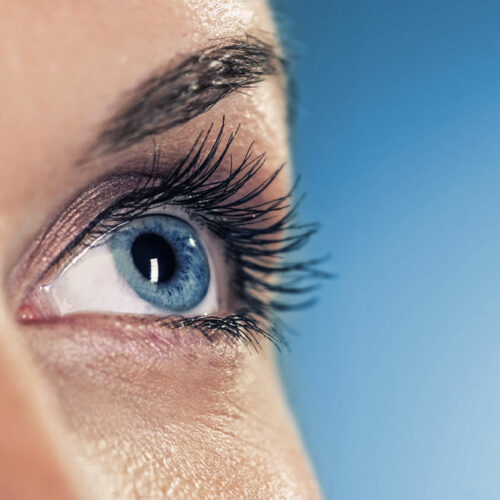Uncontrolled Asthma – Causes, and Worst Cities to Live In

Asthma is a chronic respiratory condition that causes swelling and inflammation of the airways. It is estimated that more than 339 million people worldwide suffer from this disease. It affects people of all age groups, and genders. However, it is more common in adult women than in men. Asthma has no specific underlying cause, but various allergens like pollen, dust, mold and even perfume can trigger asthma. Read on to learn more about the condition. What is uncontrolled asthma? Uncontrolled asthma is when affected individuals have persistent symptoms that interfere with daily life, even when they are on regular medication. It is estimated that over 60% of adults who are asthmatic suffer from uncontrolled asthma. Causes of uncontrolled asthma Stress People may experience asthma attacks due to excessive stress and strong unpleasant emotions like unhappiness or crying. One must try to reduce one’s anxiety and stress. Underlying health condition Some respiratory health conditions like sleep apnea that block the upper airway while sleeping can lead to an asthma flare-up. Environmental allergies could also worsen asthma attacks. Weather change Moving from drier to humid air or warmer to colder air might cause asthma attacks. This condition can be brought on by minor weather changes or leaving a controlled environment.






